Supporting Surfaces

There is always something supporting something in oder for that something to become something. The question is: At what cost? Under which conditions?
Notes from my visual research and wanderings in Bangalore.
This series unfolds as a visual journey through Bangalore’s urban landscapes to reflect on questions of labour as well as of transformations in the environmental and social landscapes against the backdrop of a society’s pursuit of “development” in the era of digital hubs, start-ups, and Silicon Valley’s mirrored aspirations across the Global Majority.
Inspired by my notes taken during journeys through the city, and visually situated between staged and site-responsive/documentary photography, the images bring together a variety of materials drawn from urban space into a new context suggesting a manifold of meanings and new connections. Hands and traces of human presence act as nodes, weaving together the urban fabric that unfolds through the images
Like many of my works, the visual narrative of this series emerges from a magical-realist way of thinking and perceiving, rooted in aspects of the Caribbean cosmovision, where “real” objects and materials undergo an imaginative, alchemic transformation that imbues them with special qualities.
This series is my personal output from the photographic dialog Concrete Discontinuities, on modernity and coloniality in urban spaces with photographer Marvin Systermans during our artist residency at the Goethe-Institut Max Mueller Bhavan in Bangalore, India.
Notes from my visual research and wanderings in Bangalore.
This series unfolds as a visual journey through Bangalore’s urban landscapes to reflect on questions of labour as well as of transformations in the environmental and social landscapes against the backdrop of a society’s pursuit of “development” in the era of digital hubs, start-ups, and Silicon Valley’s mirrored aspirations across the Global Majority.
Inspired by my notes taken during journeys through the city, and visually situated between staged and site-responsive/documentary photography, the images bring together a variety of materials drawn from urban space into a new context suggesting a manifold of meanings and new connections. Hands and traces of human presence act as nodes, weaving together the urban fabric that unfolds through the images
Like many of my works, the visual narrative of this series emerges from a magical-realist way of thinking and perceiving, rooted in aspects of the Caribbean cosmovision, where “real” objects and materials undergo an imaginative, alchemic transformation that imbues them with special qualities.
This series is my personal output from the photographic dialog Concrete Discontinuities, on modernity and coloniality in urban spaces with photographer Marvin Systermans during our artist residency at the Goethe-Institut Max Mueller Bhavan in Bangalore, India.
Bangalore, India
2019
2019





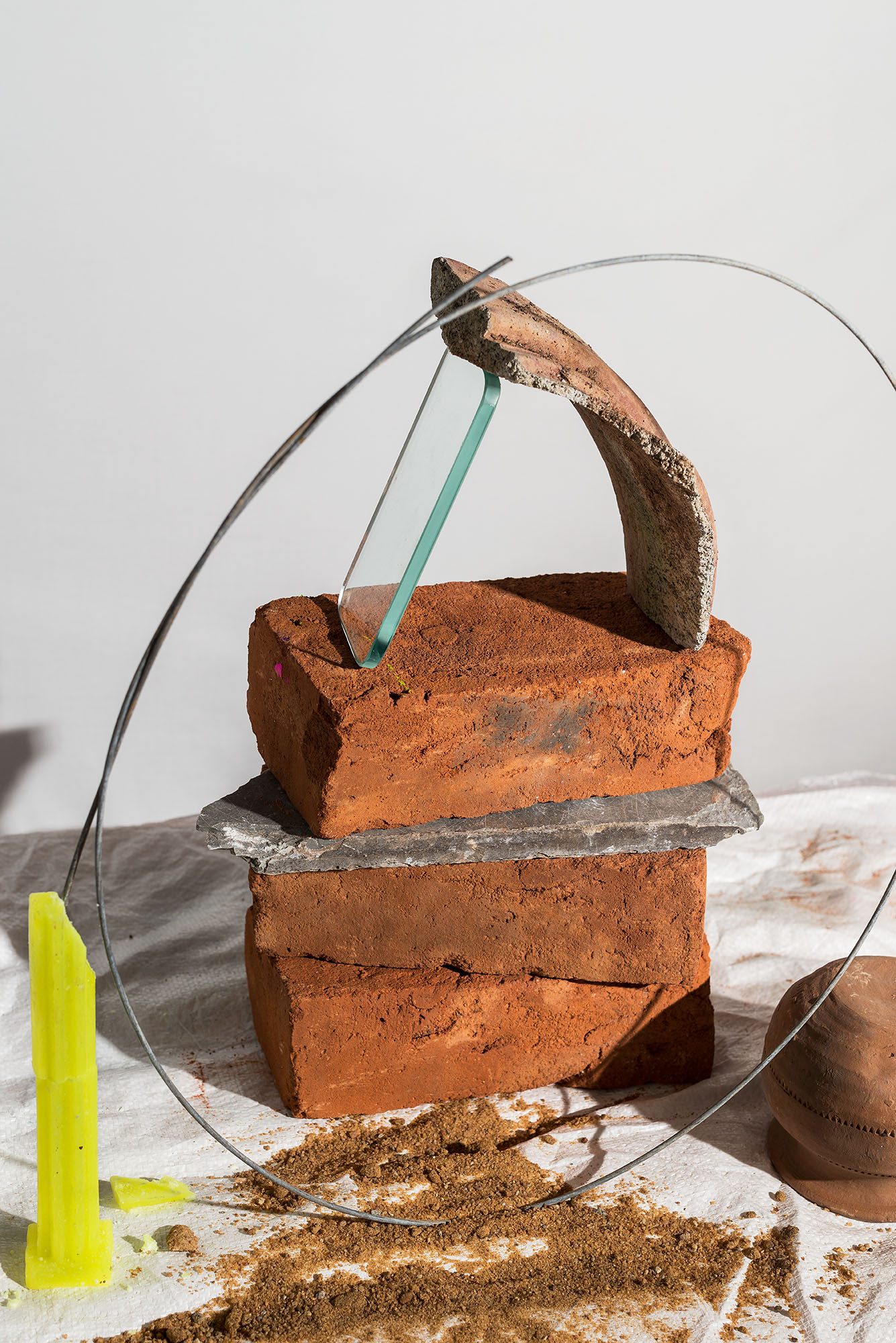









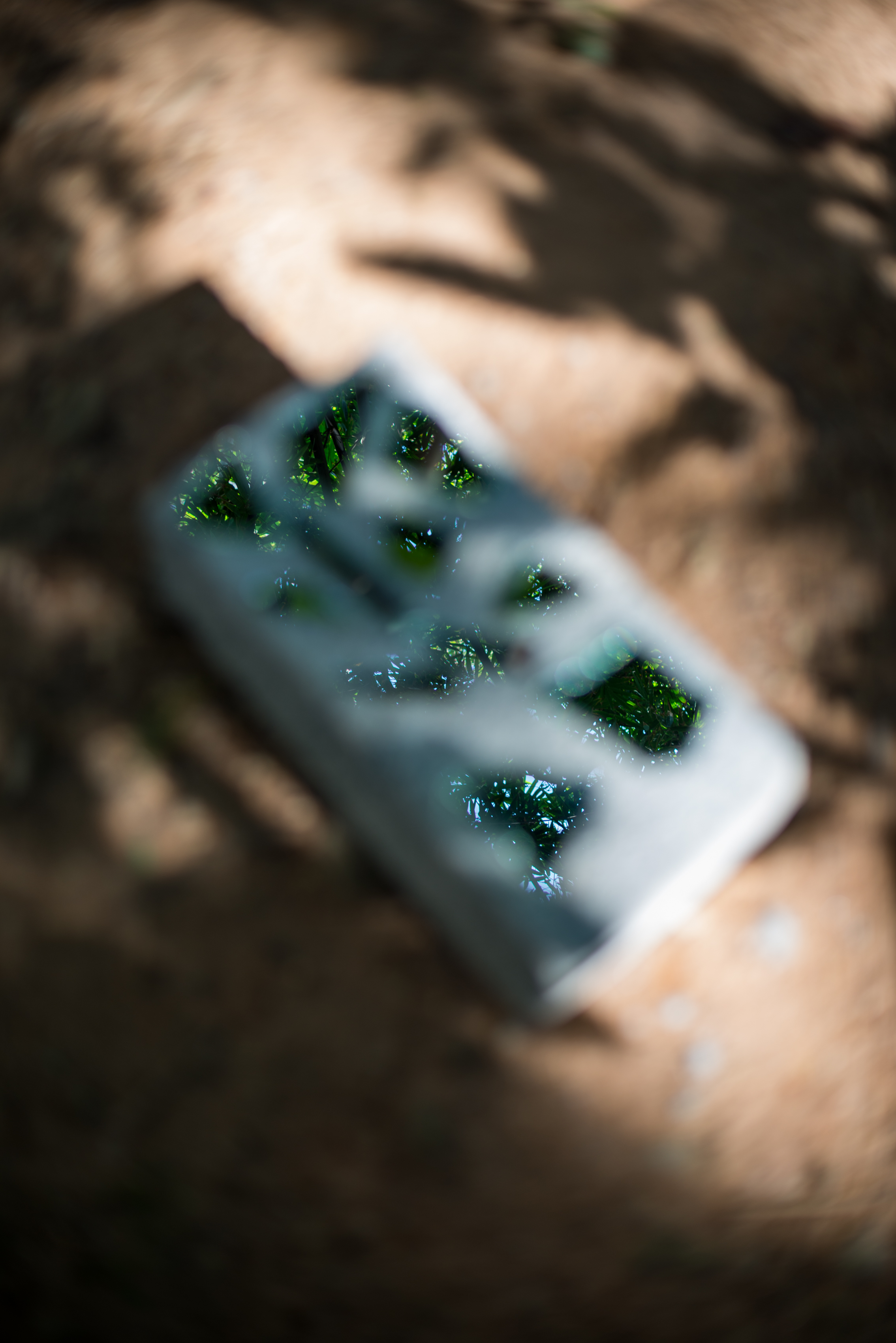





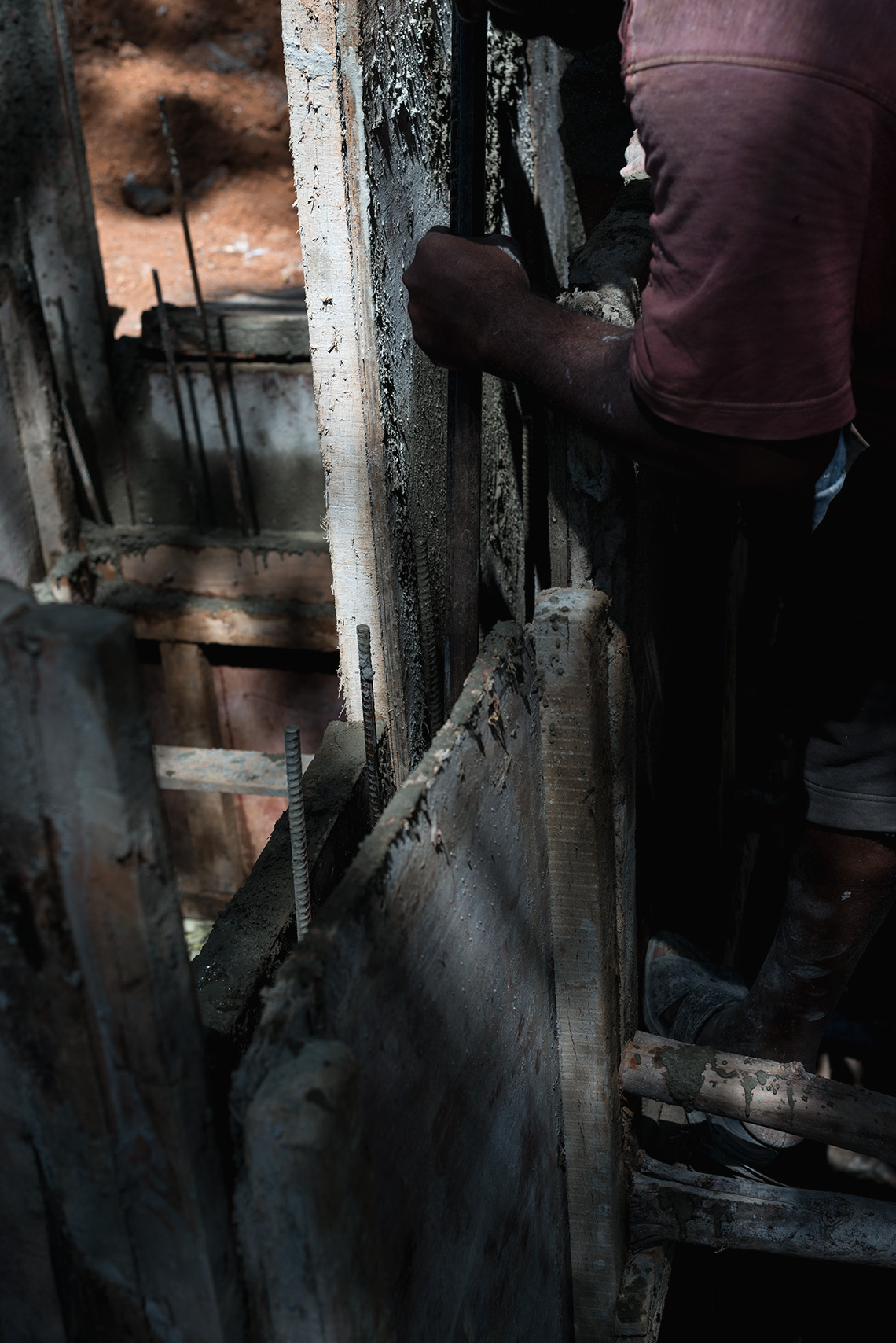







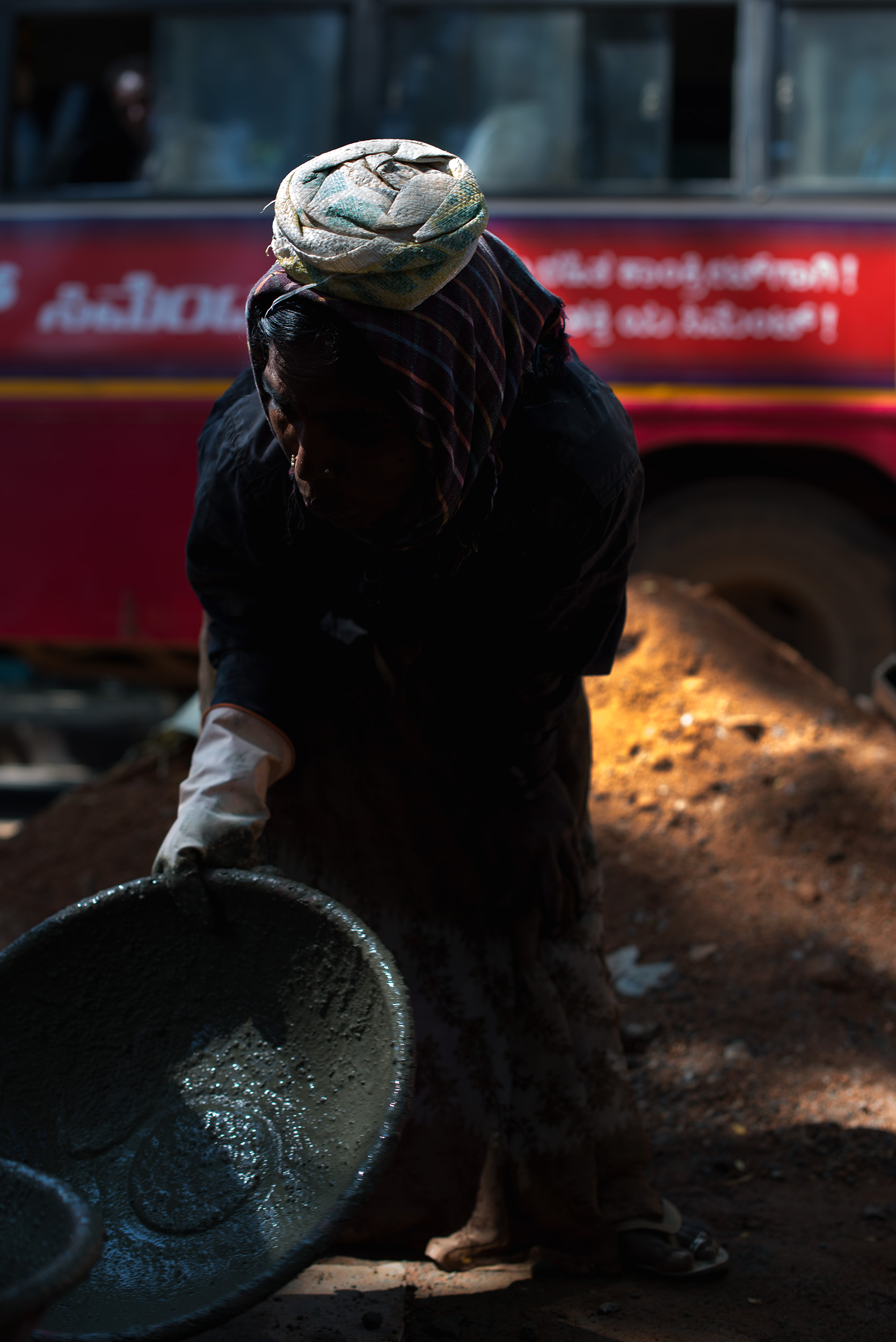





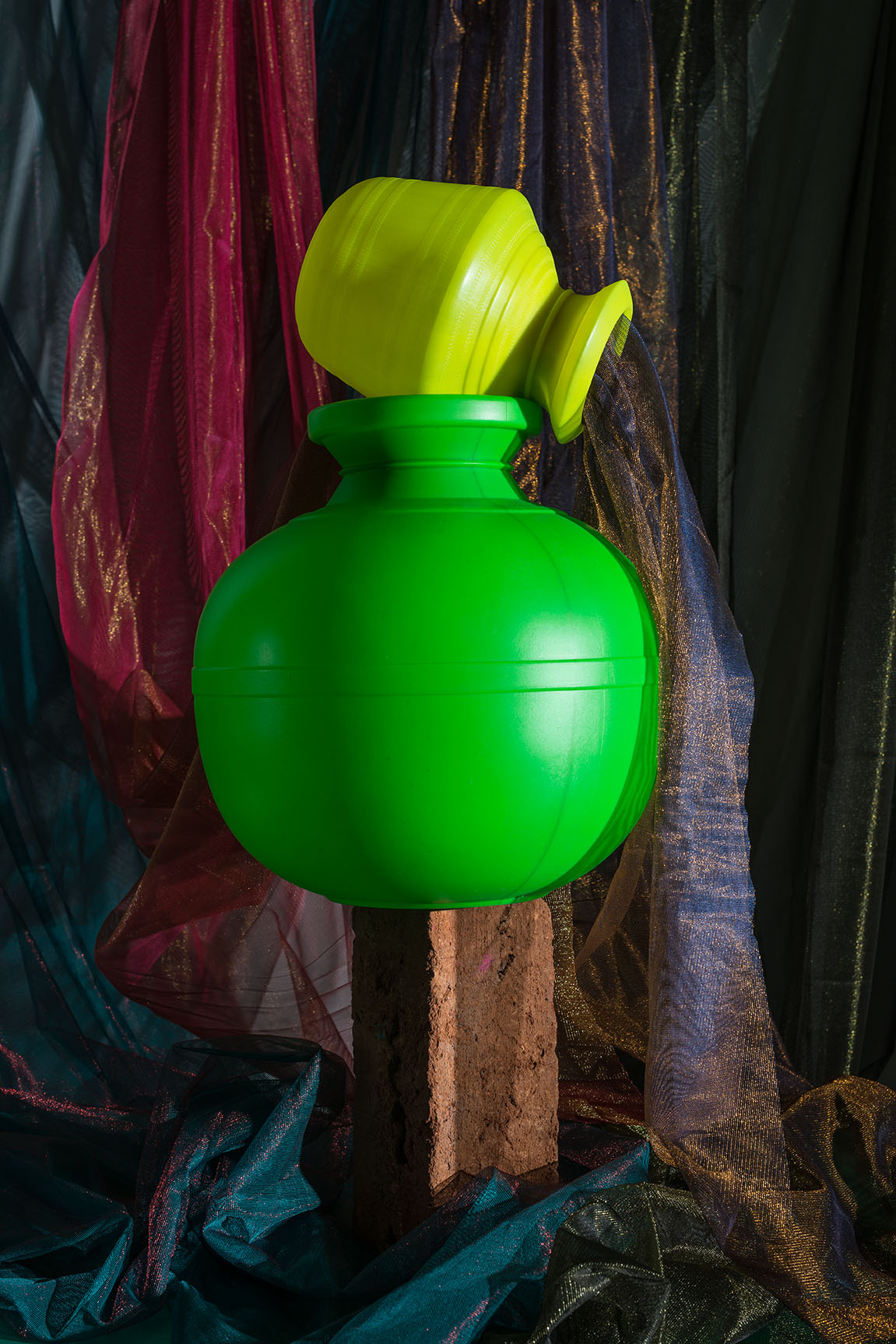
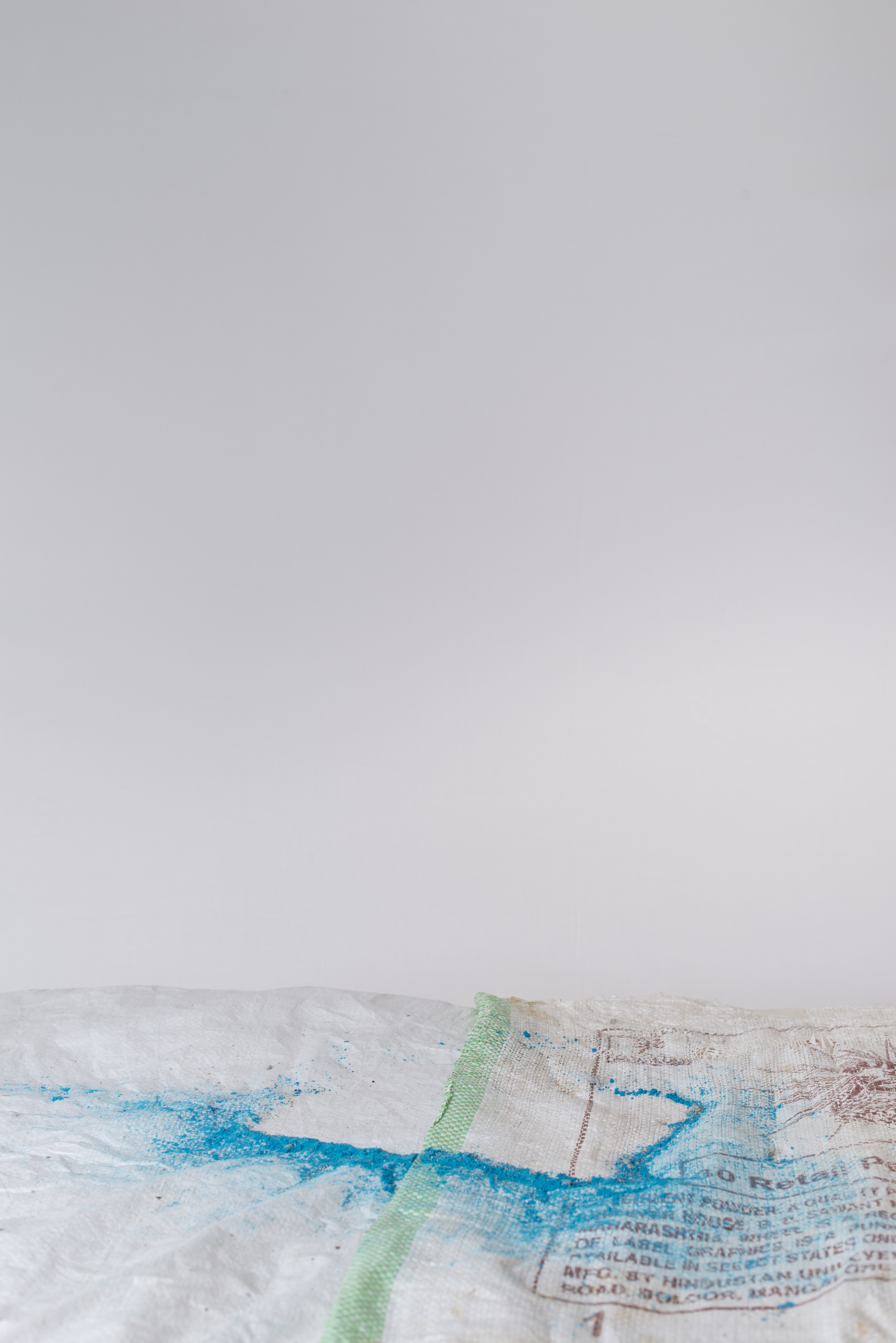

– There is always something supporting something in order for that something to become something. The question is: at which cost? Under which conditions?
– In Bangalore I have seen things that made me reflect on certain dynamics and issues from my hometown because of their similarity.
– Between tensions and intensities life is lived in a hurry to, by all means, be lived.. to get there, to find ways, to cross no matter what.
– Large buildings have glass as their façades, that function like mirrors. These mirrors are not opaque from the inside, on the contrary, one can see through them. While from the outside, no one can see what’s behind them. It is a one way direction of seeing and being seen. The one who sees from the outside, can see themselves reflected with the environment she or he is in. The one who sees from the inside can not only see the other on the outside, but also the reflection of the other in her or his environment.
– Somehow it gets done, with twenty hands, no precaution, no certainty.
– I encounter things, situations, people who I’m tempted to photograph — they come to me like images I feel I’ve seen before. Those images seem familiar to me and in a way, they make me feel comfortable because I know them somehow. But I refuse to photograph them. The suspicion, that I feel this familiarity because those images are rooted in a widespread stereotypical cliché-representation of what something should be or should look like, makes me feel uncomfortable with myself and what I stand for. It might sound like an easy task to come to India and show “India” to the world because we know which images satisfy audiences, sell, get to be printed in magazines and win photo prizes. But that’s not the work that has to be done. That’s only the lazy comfortable option. The work should be digging deeper and creating images that in their complexity dare to go beyond the already known, seen.
– In Bangalore I have seen things that made me reflect on certain dynamics and issues from my hometown because of their similarity.
– Between tensions and intensities life is lived in a hurry to, by all means, be lived.. to get there, to find ways, to cross no matter what.
– Large buildings have glass as their façades, that function like mirrors. These mirrors are not opaque from the inside, on the contrary, one can see through them. While from the outside, no one can see what’s behind them. It is a one way direction of seeing and being seen. The one who sees from the outside, can see themselves reflected with the environment she or he is in. The one who sees from the inside can not only see the other on the outside, but also the reflection of the other in her or his environment.
– Somehow it gets done, with twenty hands, no precaution, no certainty.
– I encounter things, situations, people who I’m tempted to photograph — they come to me like images I feel I’ve seen before. Those images seem familiar to me and in a way, they make me feel comfortable because I know them somehow. But I refuse to photograph them. The suspicion, that I feel this familiarity because those images are rooted in a widespread stereotypical cliché-representation of what something should be or should look like, makes me feel uncomfortable with myself and what I stand for. It might sound like an easy task to come to India and show “India” to the world because we know which images satisfy audiences, sell, get to be printed in magazines and win photo prizes. But that’s not the work that has to be done. That’s only the lazy comfortable option. The work should be digging deeper and creating images that in their complexity dare to go beyond the already known, seen.



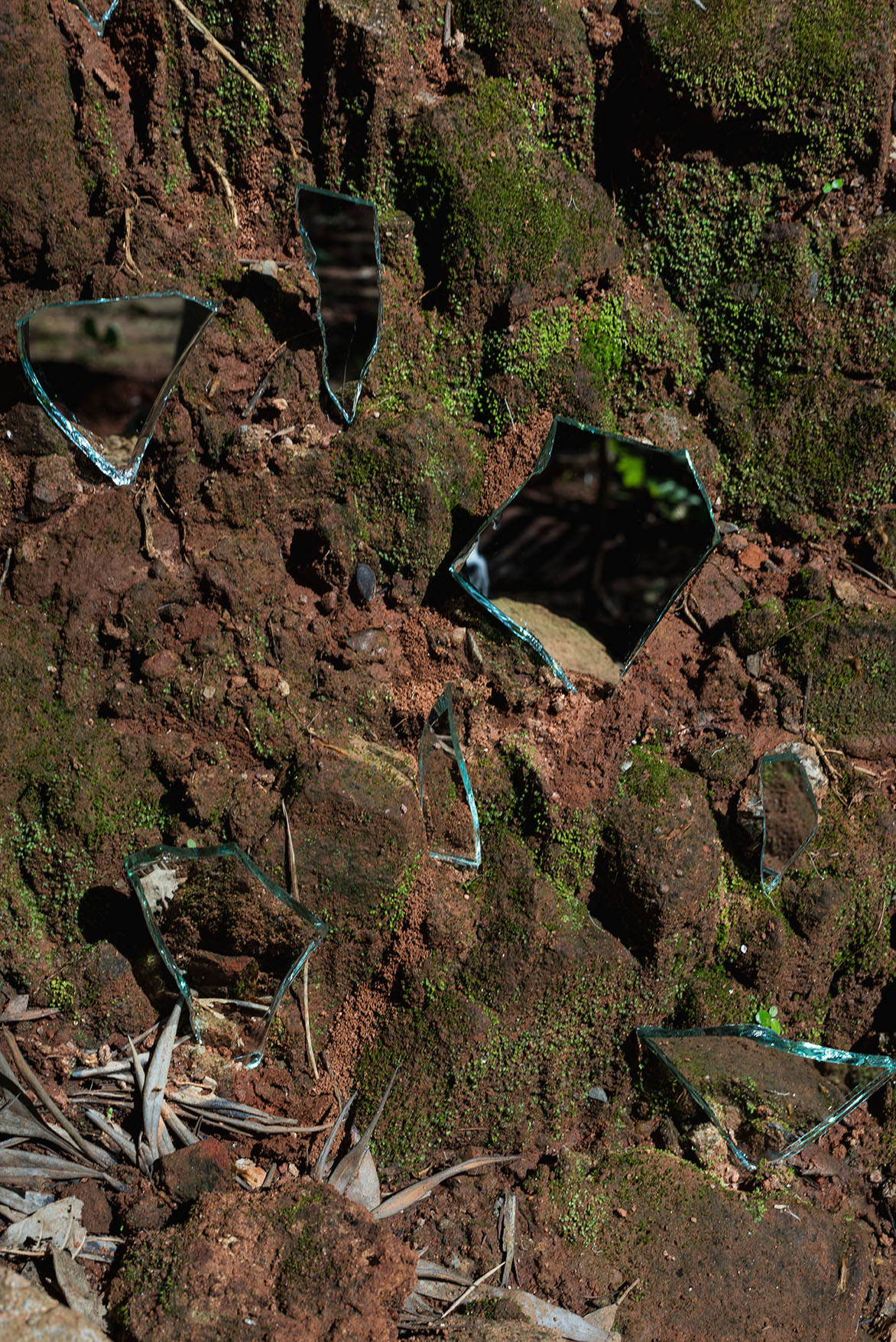




– In a place in which almost everything is privatized the question about the collective and collectivity floats in a vacuum.
– “Your home is your identity” that was the slogan of an advertisement for building materials displayed on the back of a bus.
– Men seem to dominate the public space.
I see more men than women in the streets. They gather around coffee shops, small stores, they drive the Rickshaws, they are in business, they are everywhere... this quantity of men in the public space, I haven’t experienced before.
– Male faces, portraits, photographs dominate the urban landscape. Almost no women are represented outside of commercial and or political advertisements of male politicians.
– As a woman, I feel one has to walk the streets as if being numb. Numb against the objectifying male gazes.
– Why do terrible things so often have fancy names, like for example The British Colonial Rule? This should be called The British Invasion and extraction of a land’s resources and human lives.
– A never-ending story: The big-monumental-modern-shiny-blue-silver buildings couldn’t have existed without having rough wooden sticks supporting them and human-flesh-energy putting them together as cheap labourer, carrier, caretakers for their growth.
– “The Boom”. This term denotes a particular mostly short period of time where a rapid growth and development is witnessed. And “The Boom” doesn’t have to “ask permission to” it just appears. But can we still talk about a “Boom” in Bangalore after several decades?
– I thought of starting to create my installations from the margins not from the centre. But then I thought, why that? Every place in itself is its own centre.
– “Your home is your identity” that was the slogan of an advertisement for building materials displayed on the back of a bus.
– Men seem to dominate the public space.
I see more men than women in the streets. They gather around coffee shops, small stores, they drive the Rickshaws, they are in business, they are everywhere... this quantity of men in the public space, I haven’t experienced before.
– Male faces, portraits, photographs dominate the urban landscape. Almost no women are represented outside of commercial and or political advertisements of male politicians.
– As a woman, I feel one has to walk the streets as if being numb. Numb against the objectifying male gazes.
– Why do terrible things so often have fancy names, like for example The British Colonial Rule? This should be called The British Invasion and extraction of a land’s resources and human lives.
– A never-ending story: The big-monumental-modern-shiny-blue-silver buildings couldn’t have existed without having rough wooden sticks supporting them and human-flesh-energy putting them together as cheap labourer, carrier, caretakers for their growth.
– “The Boom”. This term denotes a particular mostly short period of time where a rapid growth and development is witnessed. And “The Boom” doesn’t have to “ask permission to” it just appears. But can we still talk about a “Boom” in Bangalore after several decades?
– I thought of starting to create my installations from the margins not from the centre. But then I thought, why that? Every place in itself is its own centre.





































